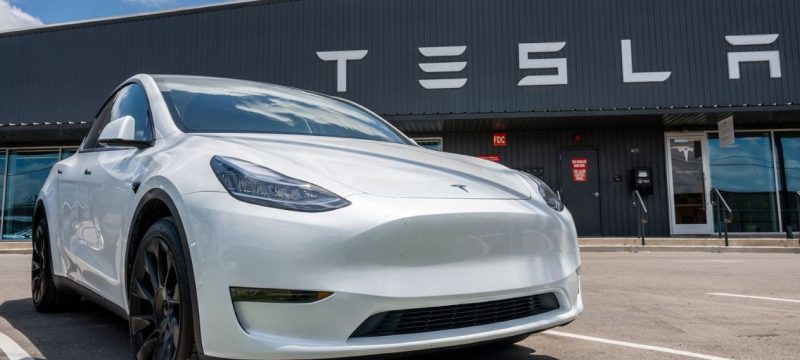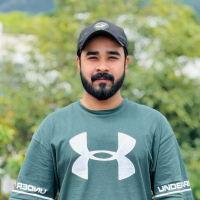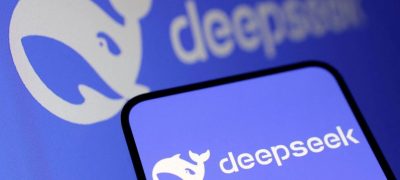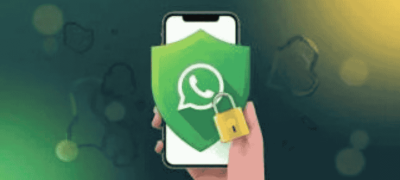Tesla has quietly rolled out its long-awaited driverless robotaxi service, utilizing autonomous Model Y SUVs — marking a major milestone in the company’s ambition to offer fully self-driving vehicles powered entirely by cameras and AI.
This launch follows years of bold promises from CEO Elon Musk about the near-future arrival of autonomous Teslas. The service is currently available to a limited group of approved users through a new app-based ride-hailing platform, operating daily from 6:00 a.m. to midnight. However, the service may pause in adverse weather conditions.
Read more: Tesla’s Robotaxi Dream Stumbles As Human Monitors Take the Wheel
Each ride is priced at a flat fee of $4.20 — a figure seen by some as a playful reference to Musk’s online persona. About ten 2025 Model Y vehicles are part of the initial rollout, operating within a small designated area. Though advertised as driverless, each vehicle has a Tesla employee in the passenger seat serving as a “safety monitor,” though the scope of their duties remains vague.
Videos shared on social media have shown the vehicles in action, and eyewitnesses, including auto industry expert Ed Niedermeyer, have reported live sightings. One video showed a robotaxi braking hard near police cars, raising concerns about the system’s real-time decision-making abilities.
Despite the public appearance of the service, Tesla has provided limited official details. Its website includes basic rider guidelines, lost item procedures, and app instructions, but lacks in-depth information about safety measures, software limitations, or performance data — details typically disclosed by rivals like Waymo.
Adding to the secrecy, Tesla has tried to prevent the release of public documents related to the robotaxi program. In separate cases involving TechCrunch and Reuters, the company attempted to block Texas transportation officials from sharing internal records, citing confidentiality and protection of proprietary information.
Unlike competitors in the autonomous vehicle space, who typically go through lengthy testing phases before commercial deployment, Tesla has jumped straight to limited public operations — albeit with human safety monitors still on board.
Although Musk previously revealed the futuristic-looking Cybercab for robotaxi use in October, the current fleet relies on modified Model Y SUVs running an updated version of Tesla’s Full Self-Driving (FSD) system, which Musk has labeled “unsupervised AI.” Tesla says the vehicles’ in-cabin cameras remain inactive unless an issue arises or in case of an emergency. After each trip, the camera will assess whether the vehicle is ready for its next passenger.
Riders are allowed to film their experiences, but Tesla warns that those who break its terms — such as by displaying misuse — may be banned. Prohibited behavior on board includes smoking, vaping, alcohol or drug use, and any illegal activity.
The launch was celebrated internally by Musk and top Tesla executives, with AI chief Ashok Elluswamy sharing behind-the-scenes photos from a private event. Musk called the achievement the “culmination of a decade of work” by the company’s AI and engineering teams.
Still, concerns remain around safety and transparency. One early tester reported remote staff intervention during a ride, although they described the overall trip as smooth and promising.









